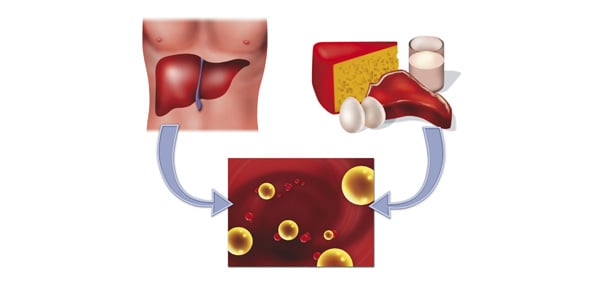Lipids: Dyslipidemia Diagnosis And Treatment
- AHA
- ACC
- NICE
2.
You may optionally provide this to label your report, leaderboard, or certificate.
×
Thank you for your feedback!
















